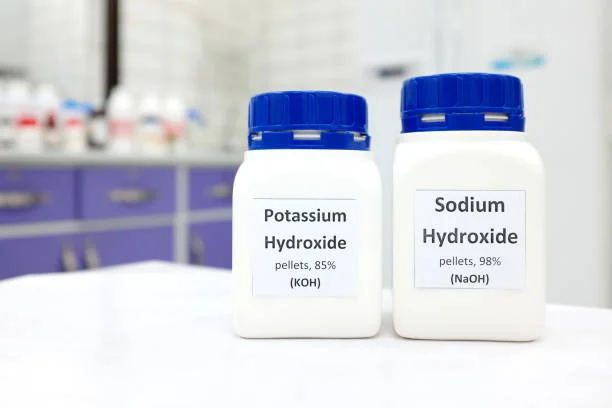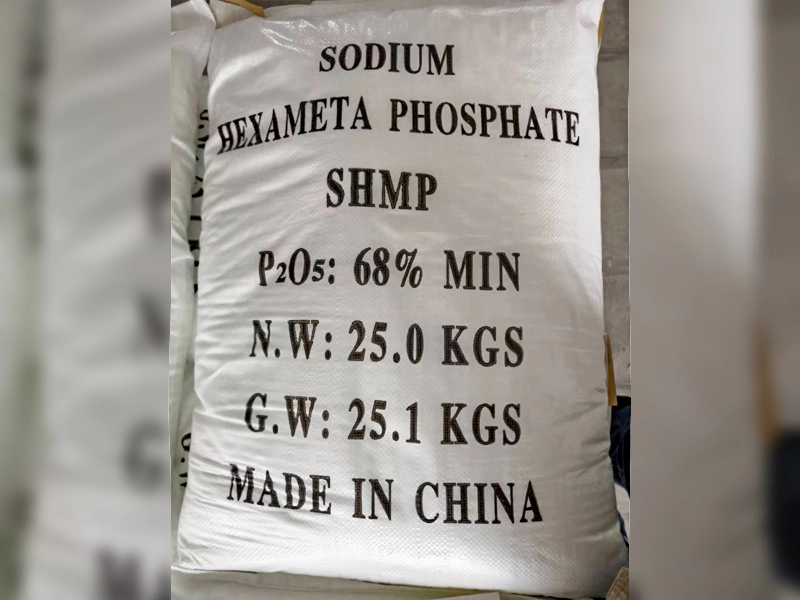Sodium cyanide, a highly toxic compound, poses significant risks to workers in various industries due to its potential for occupational poisoning. This article delves into the mechanisms of toxicity, the routes of exposure, and the diverse applications of Sodium Cyanide, highlighting the need for stringent safety measures in workplaces where this chemical is utilized.
Understanding Sodium Cyanide Toxicity
Sodium cyanide is primarily hazardous due to its ability to release cyanide ions in the body, which can lead to severe health consequences. The toxicological effects of sodium cyanide stem from its interaction with cytochrome oxidase, an essential enzyme in the cellular respiration process. When cyanide enters the body, it binds to the iron (Fe3+) in cytochrome oxidase, inhibiting its function. This disruption prevents the transfer of electrons in the respiratory chain, leading to intracellular asphyxiation and subsequent tissue hypoxia. The result is a rapid onset of poisoning, which can be fatal if not treated promptly.
The oral lethal dose of Sodium cyanide is alarmingly low, estimated at approximately 1 to 2 milligrams for an adult. This potency underscores the critical need for awareness and preventive measures in environments where sodium cyanide is present.
Routes of Exposure
Occupational exposure to sodium cyanide can occur through several routes:
Inhalation: Workers may inhale sodium cyanide dust or vapor, particularly during heat treatment processes. The respiratory tract is a primary pathway for the entry of this toxic substance into the body.
Dermal Absorption: Sodium cyanide can also be absorbed through the skin, especially if there are cuts or abrasions. This route of exposure is often underestimated but can be significant in industrial settings.
Ingestion: Although less common, accidental ingestion of sodium cyanide can occur, particularly in environments where food and drink are consumed near contaminated areas.
Industrial Applications of Sodium Cyanide
Despite its toxicity, sodium cyanide is widely used across various industries due to its effectiveness in specific applications. Some of the primary uses include:
Hydrometallurgy: Sodium cyanide is extensively employed in the extraction of gold and silver from ores. The cyanidation process involves dissolving the metal in a cyanide solution, allowing for efficient recovery of precious metals.
Electroplating: In the Electroplating industry, sodium cyanide serves as a key component in electroplating solutions. It helps to improve the quality and durability of metal coatings.
Metal Quenching: Sodium cyanide is used in Metal Quenching processes, where it aids in the rapid cooling of metals to enhance their hardness and strength.
Pesticide Manufacturing: The compound is also utilized in the production of certain pesticides, highlighting its role in agricultural applications.
Organic Synthesis and Chemical Industries: Sodium cyanide is a valuable reagent in Organic Synthesis, facilitating the production of various chemical compounds.
Safety Measures and Regulations
Given the high toxicity of sodium cyanide, it is imperative for industries that utilize this compound to implement stringent safety protocols. Key measures include:
Personal Protective Equipment (PPE): Workers should be equipped with appropriate PPE, including gloves, masks, and protective clothing, to minimize exposure.
Ventilation Systems: Adequate ventilation in workspaces can help reduce the concentration of airborne sodium cyanide, lowering the risk of inhalation.
Training and Awareness: Regular training sessions should be conducted to educate workers about the dangers of sodium cyanide, safe handling practices, and emergency response procedures.
Emergency Response Plans: Industries must have clear emergency response plans in place to address potential exposure incidents, including access to antidotes such as hydroxocobalamin or sodium thiosulfate.
Monitoring and Compliance: Regular monitoring of sodium cyanide levels in the workplace, along with compliance with occupational safety regulations, is essential to ensure a safe working environment.
Conclusion
Sodium cyanide is a potent and versatile chemical that plays a crucial role in various industrial processes. However, its high toxicity necessitates a comprehensive understanding of the associated risks and the implementation of robust safety measures. By prioritizing worker safety and adhering to regulatory guidelines, industries can mitigate the dangers posed by sodium cyanide while continuing to benefit from its applications. As awareness of occupational hazards grows, it is vital for employers and employees alike to remain vigilant in their efforts to prevent poisoning and ensure a safe working environment.
- Random Content
- Hot content
- Hot review content
- High Quality Sodium silicate 99% Water glass
- Industrial concentrated nitric acid 55%-68%
- Anhydrous Ammonia 99% Liquid
- Sodium sulphate 99% Pharmacy Grade
- lithium Carbonates 99.5% Battery Level or 99.2% Industry grade 99%
- Benzonitrile
- Sodium alpha olefin sulfonate (AOS)
- 1Discounted Sodium Cyanide (CAS: 143-33-9) for Mining - High Quality & Competitive Pricing
- 2China's New Regulations on Sodium Cyanide Exports and Guidance for International Buyers
- 3Sodium Cyanide 98% CAS 143-33-9 gold dressing agent Essential for Mining and Chemical Industries
- 4International Cyanide(Sodium cyanide) Management Code - Gold Mine Acceptance Standards
- 5China factory Sulfuric Acid 98%
- 6Anhydrous Oxalic acid 99.6% Industrial Grade
- 7Oxalic acid for mining 99.6%
- 1Sodium Cyanide 98% CAS 143-33-9 gold dressing agent Essential for Mining and Chemical Industries
- 2High Quality 99% Purity of Cyanuric chloride ISO 9001:2005 REACH Verified Producer
- 3Zinc chloride ZnCl2 for High Molecular Weight Polymers Initiator
- 4High Purity · Stable Performance · Higher Recovery — sodium cyanide for modern gold leaching
- 5High Quality Sodium Ferrocyanide / Sodium Hexacyanoferr
- 6Gold Ore Dressing Agent Safe Gold Extracting Agent Replace Sodium Cyanide
- 7Sodium Cyanide 98%+ CAS 143-33-9











Online message consultation
Add comment: